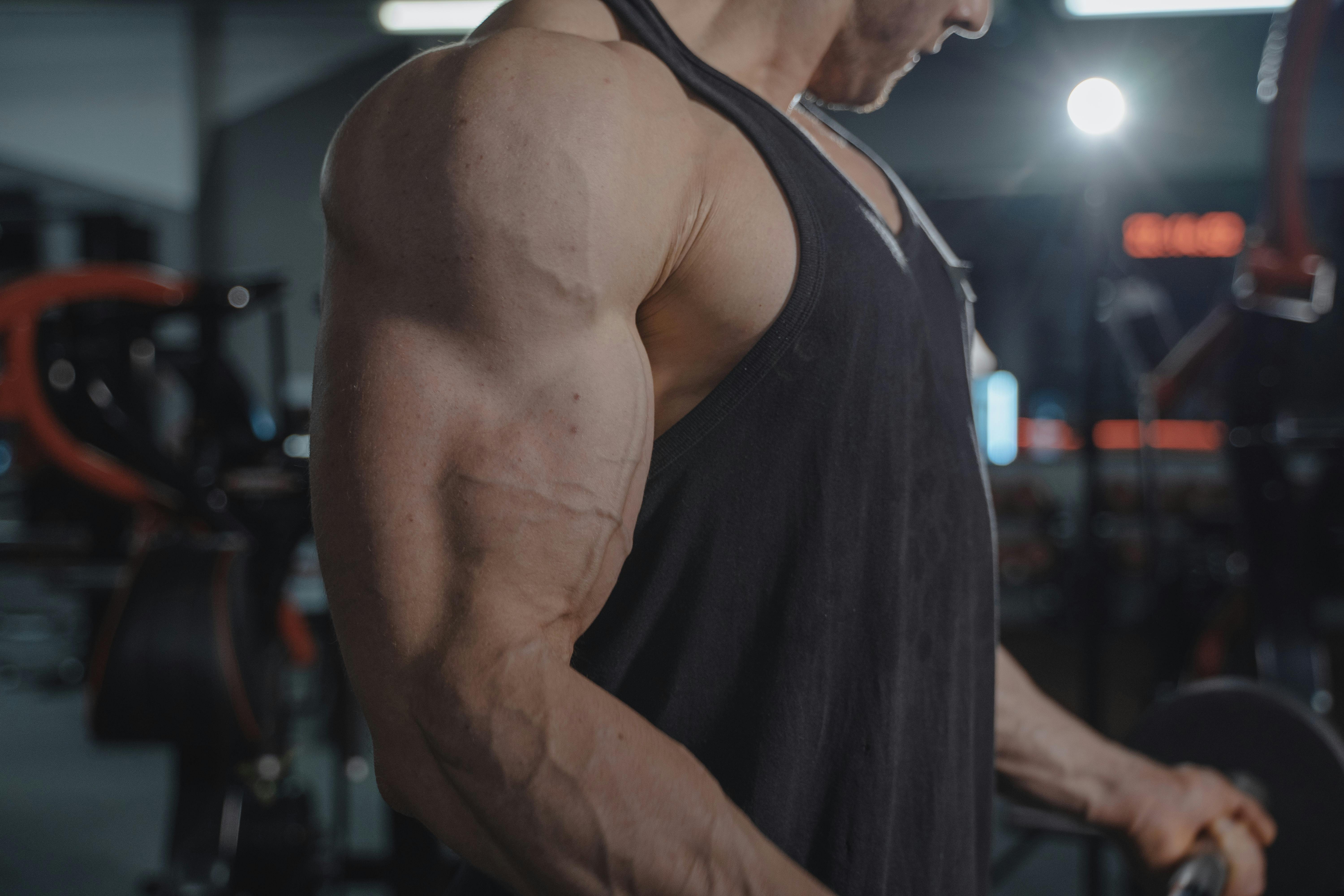
What is hair porosity?
Porosity refers to the hair’s ability to absorb and retain moisture. This also includes the rate at which the strands absorb water and/or topical products that are applied to the hair. The more porous your hair is, the more moisture it can hold, making it healthier and easier to manage. During the course of life, the porosity can change.
There are three levels of hair porosity, so let’s take a closer look at this.
1. HIGH POROSITY
If someone has high porosity, it means that they have a hard time keeping their hair hydrated. And, even with regular care, hair’s overall texture and appearance can appear dry… controlling frizz is also more difficult. This is because the hair cuticle itself has signs of damage. The cuticle is the outermost layer of the strand. If you were to examine it very closely, you would see cracks, crevices, and a bumpy texture. A person with high porosity hair can absorb moisture quickly, but can also lose it just as easily. In order for the hair to retain moisture, the follicle must be “closed”, but in this situation the process is a struggle. As you age, hair naturally tends to develop a higher level of porosity. Things that speed up this process are prolonged use of chemicals and exposing hair to high levels of heat from blow dryers, flat irons, curling irons, etc.
2. NORMAL POROSITY
If you have normal hair porosity you are winning! Balanced hair is generally healthy and the follicle can absorb and retain moisture with minimal problems.
3.LOW POROSITY
When you are young, hair generally has a lower porosity level. Having low porosity means that the hair follicle does not absorb moisture as quickly as high porosity hair. This also means that water and topical products do not easily penetrate the hair and have little or no effect. Even though the cuticles are healthy, the hair can still have a dry appearance.
There is a test you can do to determine your level of porosity. Take a clear glass and fill it halfway with water. Place a strand of your hair in the water and wait 5-10 minutes. If your hair floats on water, you have LOW porosity. If it hangs in the middle of the water, it has NORMAL porosity. If your strand is at the bottom of the glass, you have a HIGH porosity.
Regardless of your hair type or texture, hair porosity can be determined the same way.
If you have high porosity, try applying a deep conditioner or protein treatment to your hair once a week. It will also provide some relief to brittle and damaged hair. Wash off the conditioner with cold water, this helps to close the follicle and seal in moisture.
If you have low porosity, try using a steamer and applying products rich in moisturizers.
Once the cuticle is damaged, the focus turns to preventing further damage. We know that excessive heat and chemical processes contribute to this damage, so start eliminating or reducing the frequency of those routines if possible. Try letting your hair air dry overnight. If that’s not possible, invest in a hair dryer that you can sit under. You usually have three temperature settings, choose low or medium if you can. Your hair may take longer to dry, but hair health should be the priority.
Also, limit sun exposure, too much direct sunlight on your hair can also rob it of moisture. If he must be outside for an extended period of time, cover him with a scarf or hat.
Leave a Reply